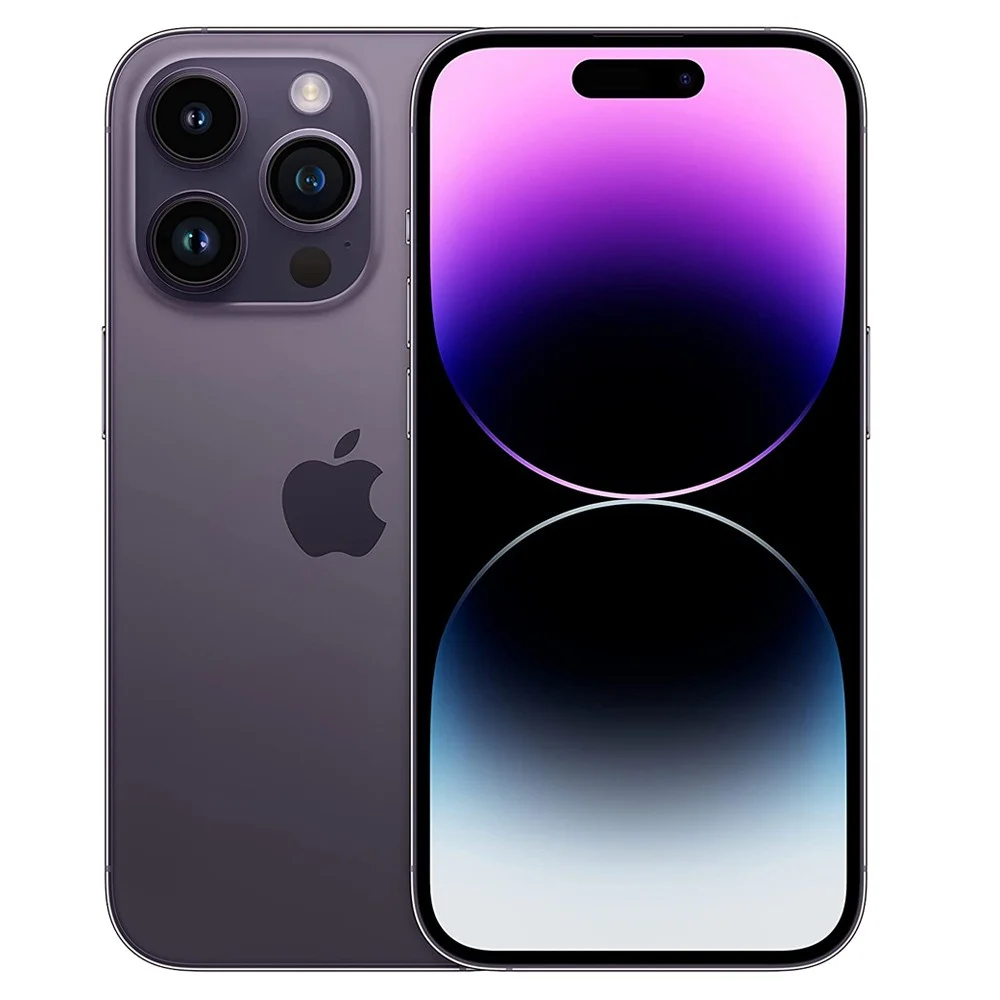Behavioral data has been a crucial analysis factor for a long time to understand customers better and serve them accordingly. But, there are cases where it can’t work as intended.
You can’t rely on behavioral data for new or infrequent users, in fast-changing industries like fashion, and when customers engage in various devices. There are more similar scenarios when behavioral data is inefficient or unavailable. At such times, you can use content recommendation engines that leverage deep learning for personalized recommendations.
According to a report, personalized recommendations increase revenue by 10-15%. You need to turn towards deep learning if you don’t want to miss this opportunity to increase your revenue due to a lack of behavioral data.
Leveraging Deep Learning for Personalized Recommendations
Behavioral data can recommend personalized products by finding patterns in users’ past actions such as browsing history, clicks, and purchase patterns. However, the challenges of accessing these data are getting increasingly tougher.
- Data Scarcity: For new users and new products, there will be limited or no historical behavioral data.
- Changing Preferences: When there are continuous changes in customer preferences and industry trends, it will be difficult to collect data from them.
- Privacy Concerns: Collecting and analyzing behavioral data can raise privacy concerns, potentially deterring customers.
- Seasonal and Niche Products: These products will have limited sales data, so finding patterns is difficult.
Content recommendation engine offers a solution to overcome these challenges and lets you provide personalized recommendations without behavioral data i.e., through deep learning.
Here’s how deep learning works to ensure customers are served with personalized recommendations without the need for behavioral data.
1. Contextual Recommendations Using Product Data
When there is no historical data, the AI recommendation engine uses deep learning to analyze product-related data and generate suggestions. Through techniques like feature extraction, deep learning models can analyze the attributes of a product, such as descriptions, categories, or visual elements, and find contextually similar products to recommend.
For example, if a user is about to buy a newly launched smartphone, you can recommend accessories, cases, and screen protectors without relying on their past purchase history. This ensures that the seasonal and niche products will not leave opportunities to increase the average order value (AOV) due to the absence of user behavior.
2. Replicating the In-store Experience Online
Content recommendation engines powered with deep learning can offer an experience that is similar to the experience offered by in-store sales associates. Deep learning analyzes the visual features of products and recommends visually compatible products, just like a sales associate helps you to create a complete look.
For instance, if a shopper is browsing a particular dress, the AI recommendation engine can recommend dresses with similar patterns, colors, or designs. These kinds of suggestions bridge the gap between online and offline shopping experiences and foster a more engaging and intuitive shopping journey.
3. Product Recommendations Using Visual AI
Convolution neural networks (CNN) being a key component in deep learning architecture, enable content recommendation engines to process and understand visual information, making them ideal for tasks such as image recognition and feature extraction.
CNN can generate a unique feature vector for each product by encoding their visual characteristics such as shape, texture, and color. Products with similar vectors will be recommended based on the user’s interest. This technique is especially valuable in industries like fashion, furniture, and lifestyle, where aesthetics play a key role in purchase decisions.
4. Cross-Selling with Complete-the-Look Recommendations
Deep learning doesn’t stop with providing recommendations, it can assist you in cross-selling too. The AI recommendation engine uses the visual compatibility between products to recommend cross-selling products that naturally complement each other.
For example, if a user looks for a shirt, a content recommendation engine can suggest matching pants and shoes to complete the look. This not only enhances the user experience but also encourages larger basket sizes, driving an increase in AOV. You don’t need to look for customer’s historical data to provide such recommendations.
5. Handling Fast Changing Catalogs with NLP
There are industries where the trends and product catalog will change rapidly which makes behavioral data ineffective. For example, in the fashion industry, what a user purchased six months ago may not reflect their current preferences, leading to recommendations that feel outdated or irrelevant.
To address this issue, deep learning uses natural language processing (NLP) to analyze product descriptions, reviews, and other textual data to find semantic relationships between products. This enables content recommendation engines to stay up-to-date with the latest product offerings, ensuring that new arrivals or fast-moving items are surfaced as relevant suggestions.
Bottom Line
Making a shift from behavioral data to deep learning will be a clinical approach to provide more dynamic and personalized recommendations. Businesses can overcome the limitations of traditional content recommendation engines that rely on users’ historical data and can surface relevant products, increasing both engagement and revenue.
Even though deep learning can provide recommendations without behavioral data, it can even enhance personalized recommendations when combined with available behavioral data. It lets you not only respond to current trends and user interests but also adapt to shifting customer behaviors.
You don’t have to rely on just one technology; by integrating multiple advanced technologies, you can create a more powerful solution that fosters deeper customer relationships and drives long-term business growth.






